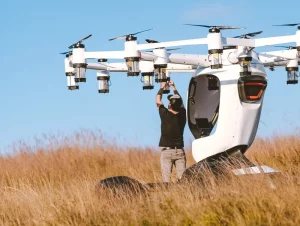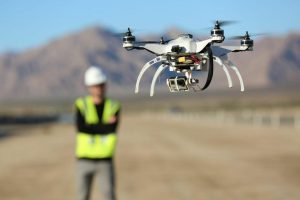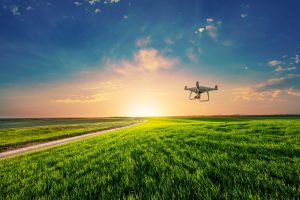Introduction: The Author’s Perspective
As a technology enthusiast fascinated by the versatility of drones, I’ve explored their transformative impact across different industries. This article explores innovative uses that highlight the diverse capabilities and future potential of UAVs.
Understanding Drone Technology

Drones, or unmanned aerial vehicles (UAVs), are remotely operated aircraft equipped with sensors, cameras, and other technologies that enable autonomous or semi-autonomous flight for various purposes.
Applications in Agriculture
Exploring how Technology are used for precision agriculture, including crop monitoring, aerial spraying, soil analysis, and livestock management, improving efficiency and yield optimization.
Mapping and Surveying
Highlighting the role of Technology in aerial mapping, land surveying, 3D modeling, and terrain analysis for urban planning, construction, archaeology, and environmental conservation efforts.
Search and Rescue Operations

Discussing how drones aid in search and rescue missions by providing aerial reconnaissance, thermal imaging, and real-time data transmission to locate missing persons or assess disaster zones.
Infrastructure Inspection
Examining the use of drones for inspecting bridges, pipelines, power lines, and industrial facilities, reducing risks to human inspectors and ensuring timely maintenance and repairs.
Film and Entertainment
Illustrating how drones are used in cinematography and entertainment for capturing dynamic aerial shots, enhancing production value in film, television, sports coverage, and events.
Delivery and Logistics

Exploring the potential of drones in last-mile delivery services, transporting goods, medical supplies, and packages to remote or inaccessible areas efficiently and securely.
Environmental Monitoring
Showcasing drones’ role in environmental monitoring, wildlife conservation, pollution tracking, and disaster response, providing valuable data for conservation efforts and climate research.
Emergency Response
Highlighting drones’ quick deployment in emergencies for situational awareness, communication support, and delivering essential supplies or medical equipment to disaster-stricken areas.
Future Trends and Innovations

Speculating on future advancements such as swarm intelligence, AI-enabled drones, autonomous navigation, beyond visual line of sight (BVLOS) operations, and regulatory developments shaping the future of UAV applications.
Conclusion
As drones continue to evolve, their applications across industries expand, offering innovative solutions to challenges in agriculture, infrastructure, emergency response, entertainment, and beyond. Embracing these technologies strategically can lead to enhanced efficiency, safety, and environmental stewardship in various sectors.




